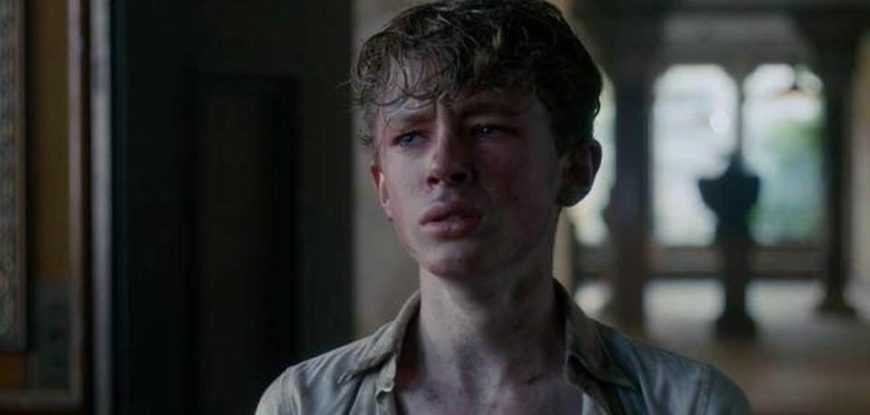In this space last year, I wrote about the effect of watching a film — Ravi Jadhav’s Nude — set in an art school my mother had once attended. This current column is, without having been planned that way, a parental companion piece. As I write it, I’m about to go to Doon School, Dehradun, to hold a workshop on film appreciation. I’ve never been there before, but my father, who died exactly two years ago this week, studied there.
My relationship with him was very troubled, to put it mildly; things had gone wrong for him in his teenage years, as he fell into what would become a lifetime of drug abuse and consequent mental illness and delusion. After his death, it was both soothing and depressing to hear complimentary things about what a fine student and “all-rounder” he had been in his school days, intelligent and sensitive.
I have always felt a strong personality connect with my father, and feel very lucky that I have (so far) led a more stable life. For this reason, I am drawn to creative works about children trying to resist the influence of problematic parents. And I’m thinking now of two narratives — one, a celebrated 1970s film, the other, an episode from an acclaimed series — that cross-cut between the lives of a father and son, creating both parallels and contrasts. One of them even centres on a boarding school.
A film clip I am showing at the Doon workshop is the scene midway through The Godfather Part II where young Vito Corleone (played by Robert De Niro) becomes a killer for the first time. The sequence is a masterclass in the use of space, colour and movement: the formidable Don Fanucci saunters through Little Italy’s crowded streets (a religious procession is on), Vito tracks him from the rooftops, lithely moving from one building to another. He intercepts and shoots Fanucci in a darkened stairway; deed done, he returns home, takes his infant son Michael’s hand into his own, and says in Italian, “Your father loves you very much.”


Leave a comment